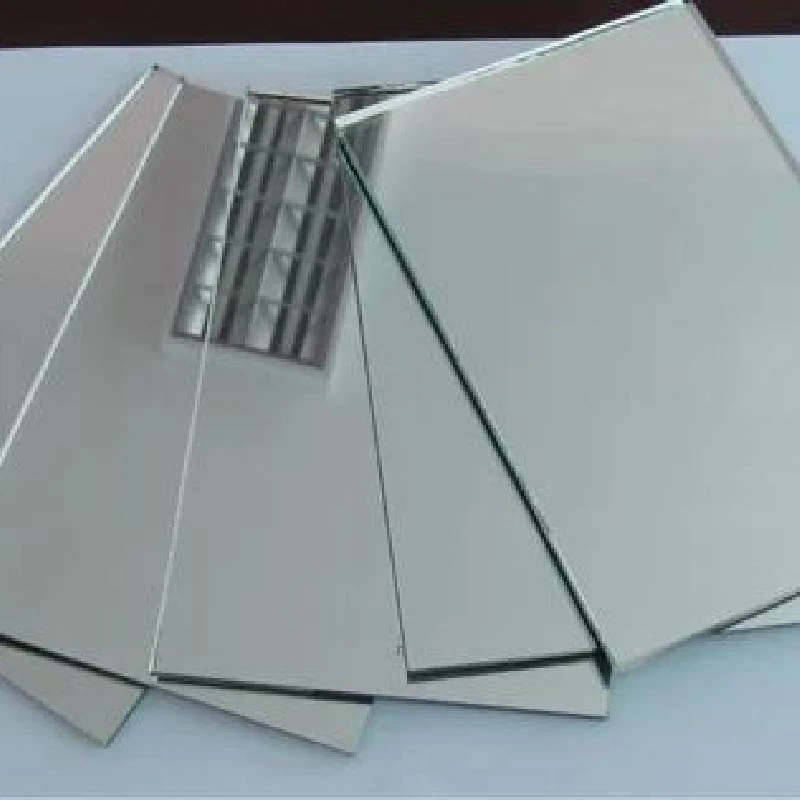

The Benefits of Low-E Tinted Glass A Comprehensive Overview
In the world of modern architecture and design, every element plays a crucial role in enhancing the aesthetics and functionality of a building. Among these elements, glass has emerged as a preferred choice for both residential and commercial structures. One of the most advanced types of glass available today is low-emissivity (Low-E) tinted glass. This innovative glass combines optimal light transmission with excellent thermal control, making it an ideal choice for a wide range of applications.
Understanding Low-E Tinted Glass
Low-E tinted glass is specially designed to reduce the amount of ultraviolet (UV) and infrared light that passes through the glass without significantly affecting the visible light. This is achieved through a microscopically thin metallic coating that reflects heat while allowing light to pass through. The tinted aspect of this glass further enhances its performance; it can reduce glare and improve the energy efficiency of a building.
Energy Efficiency
One of the primary benefits of low-E tinted glass is its enhanced energy efficiency. During summer months, this type of glass keeps buildings cooler by reflecting unwanted solar heat, which leads to reduced reliance on air conditioning systems. Conversely, in winter, it helps retain heat indoors by reflecting it back into the living space. This dual-functionality contributes to lower energy bills and a smaller carbon footprint, aligning with sustainable building practices.
UV Protection
Low-E tinted glass significantly reduces UV radiation, which can cause fading in furniture, flooring, and artwork. For homeowners and businesses looking to preserve the integrity of their interior spaces, this protective feature cannot be overlooked. By blocking up to 99% of ultraviolet rays, low-E tinted glass helps maintain the color and quality of interior furnishings over time, ultimately leading to cost savings on replacement and renovations.

Comfort and Aesthetics
The comfort of a building's occupants is greatly impacted by the type of glass used. Low-E tinted glass helps in maintaining a stable indoor temperature, reducing hotspots caused by sunlight. This comfort enhancement is especially significant in offices and homes with large windows or extensive glass facades. Moreover, the tinted aspect adds a level of aesthetic appeal, giving buildings a sleek, modern look. It can also provide privacy without the need for additional window treatments, allowing for unobstructed views while limiting the visibility from the outside.
Noise Reduction
In addition to its thermal and visual benefits, low-E tinted glass can also contribute to noise reduction. Buildings located in busy urban areas can benefit from the sound-dampening properties of tinted glass. By absorbing and reflecting sound waves, this type of glass helps create a quieter and more pleasant indoor environment.
Installation and Cost Considerations
While low-E tinted glass may come with a higher initial cost compared to traditional glass options, the long-term savings through energy efficiency and reduced maintenance costs make it a worthy investment. Additionally, the increasing demand for such glass has led to advancements in manufacturing processes, making it more accessible and affordable than before.
Conclusion
In conclusion, low-E tinted glass offers a myriad of benefits that make it an exceptional choice for modern buildings. Its energy efficiency, UV protection, aesthetic appeal, comfort, and noise reduction capabilities work together to create a more enjoyable and sustainable living environment. As we move towards greener architecture and design, low-E tinted glass stands out as not just a functional element but a pivotal component in creating spaces that are energy-efficient, aesthetically pleasing, and comfortable for all occupants. Whether you're designing a new building or renovating an existing space, considering low-E tinted glass could be one of the best decisions you make.